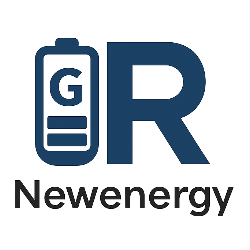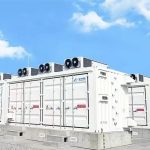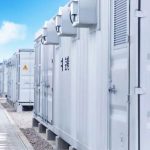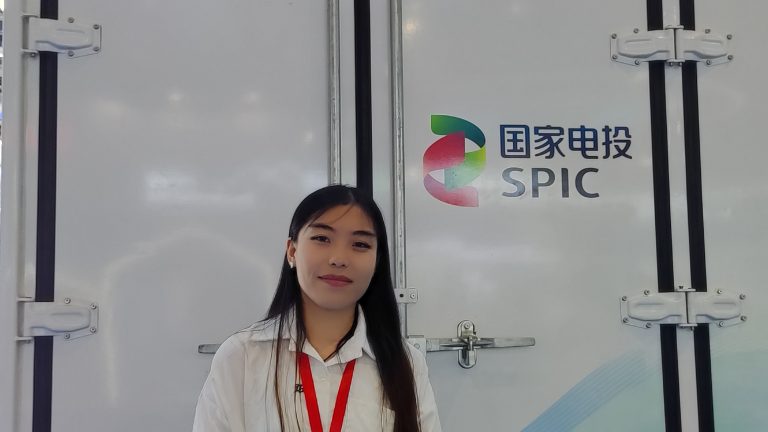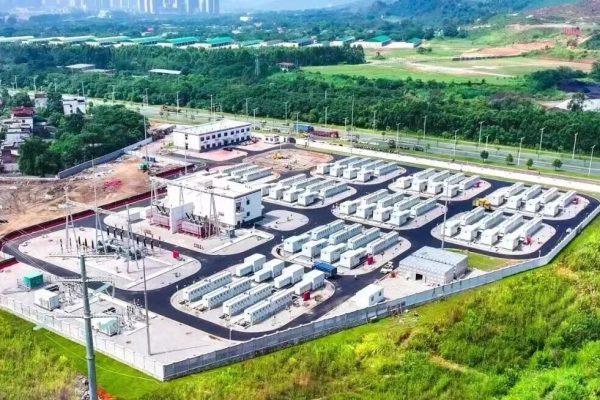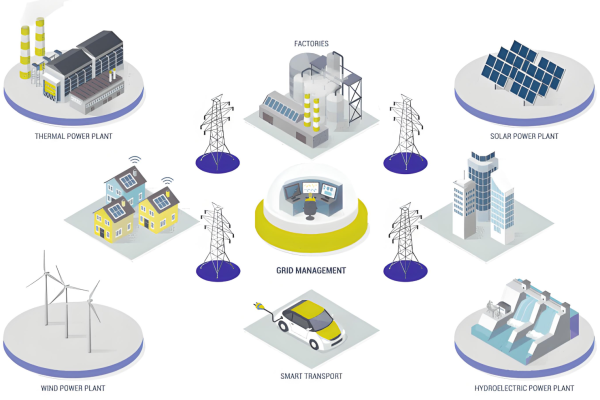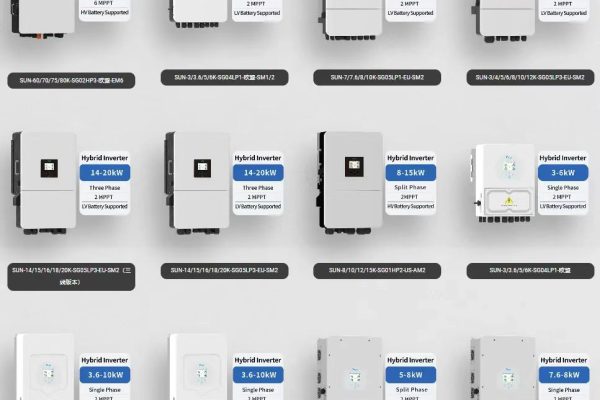Introduction As the global energy transition accelerates, thermal energy storage (TES) is gaining renewed attention. Long valued for its cost-effectiveness and scalability, TES is evolving beyond conventional molten salts and water tanks. In 2025, a new wave of advanced materials, smart control systems, and hybrid integration strategies is redefining TES as a flexible and sustainable solution for both power and heat applications.
1. The Rising Need for Thermal Storage With the increasing share of intermittent renewables like solar and wind, there is growing demand for systems that can balance energy supply and demand — not just electrically, but thermally.
- Key Drivers:
- Grid stability under high renewable penetration
- Electrification of heating in industrial and district systems
- Decarbonization of thermal processes (e.g., cement, steel, chemicals)
- Energy arbitrage using off-peak heat storage
TES provides a buffer for thermal demand and can also be converted back to electricity via thermodynamic cycles, making it a dual-purpose asset.
2. From Molten Salts to Phase Change Materials (PCMs) Traditional TES systems rely on sensible heat storage — raising the temperature of a medium like water, oil, or molten salt. But emerging approaches include:
- Phase Change Materials (PCMs): Store and release latent heat at specific temperatures, enabling compact storage with higher energy density.
- Thermochemical Storage (TCS): Uses reversible chemical reactions to store thermal energy with near-zero standby losses.
- Solid-State Materials: Ceramic bricks, graphite blocks, and advanced composites that can retain heat at >800°C.
These materials expand the operating window of TES and support high-temperature applications crucial for industrial decarbonization.
3. Integration with Renewables and Storage Hybrids Modern TES is increasingly hybridized with PV, wind, batteries, and even hydrogen:
- Solar + TES: Concentrated Solar Power (CSP) plants now use molten salts or high-temperature solids to dispatch electricity after sunset.
- PV + TES + BESS: Combining thermal and electrical storage balances grid services with cost-effective long-duration backup.
- Waste Heat Recovery + TES: Industrial waste heat is captured and stored for reuse, improving energy efficiency.
This hybridization ensures dispatchable, resilient, and low-emission energy across sectors.
4. TES in Residential and Commercial Applications While TES is often associated with utility or industrial-scale deployments, compact and intelligent TES systems are entering buildings and homes:
- Thermal batteries for HVAC pre-cooling/heating
- Hot water storage with smart controls to align with solar PV production
- District Heating & Cooling (DHC): Integrated with AI-based demand forecasting for urban energy management
By reducing peak load and enabling load shifting, these solutions lower energy costs and carbon footprints.
5. GR New Energy’s Thermal Storage Outlook GR New Energy is closely tracking the evolution of TES technologies and their intersection with digital energy systems. Our focus areas include:
- Modular thermal storage skids for easy on-site deployment
- AI-driven thermal load prediction and control algorithms
- Integration with smart inverters and BMS to manage hybrid systems
- Support for decarbonized heat applications from geothermal to industrial steam
With cross-disciplinary engineering know-how, we aim to offer high-reliability TES solutions tailored to the demands of clean industrialization.
Conclusion Thermal storage in 2025 is no longer limited to niche or legacy technologies. It is a dynamic, innovation-driven sector contributing to net-zero goals. As new materials, hybrid models, and digital optimization emerge, TES is positioned to be a cornerstone of next-generation energy infrastructure.
